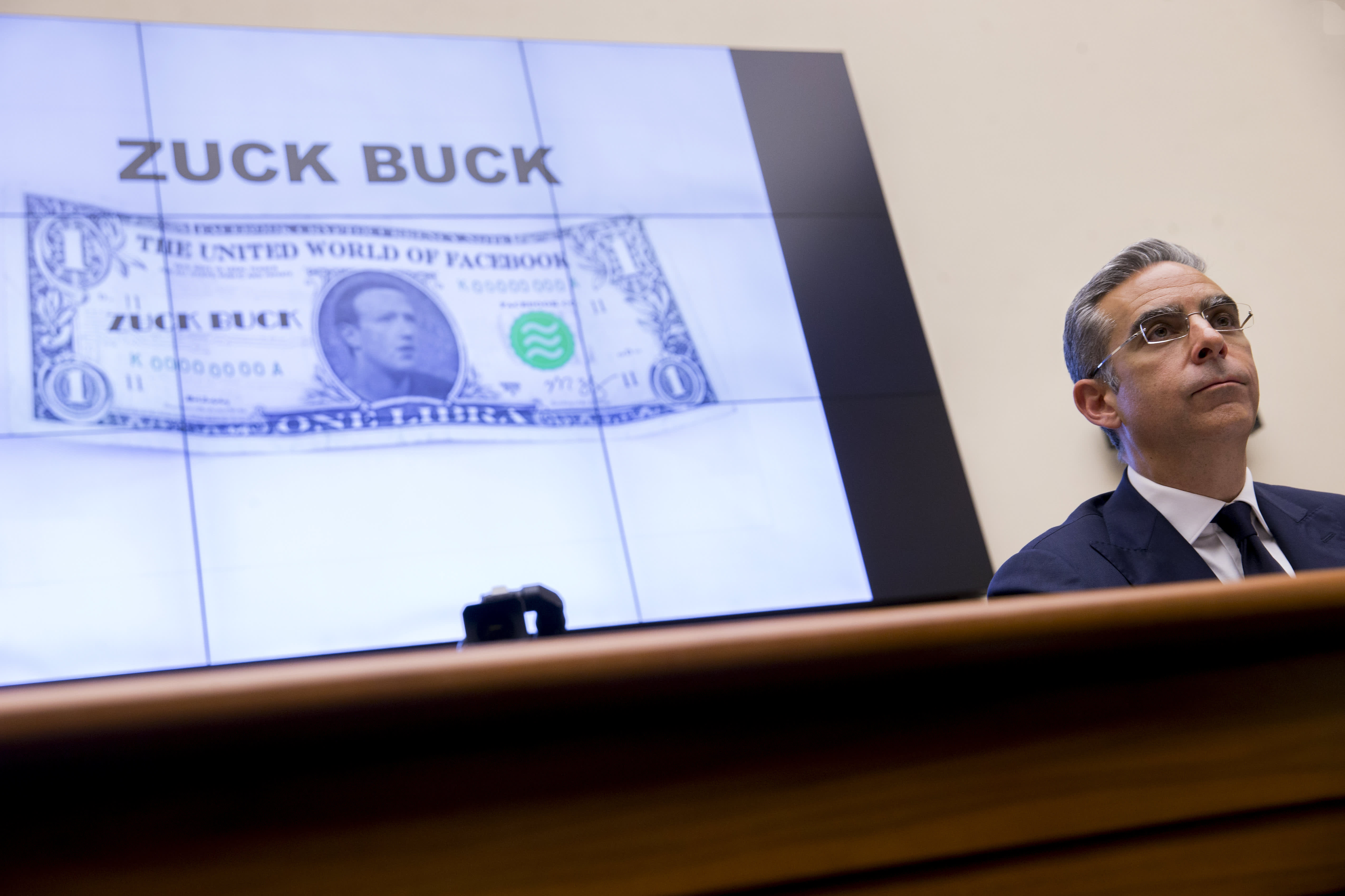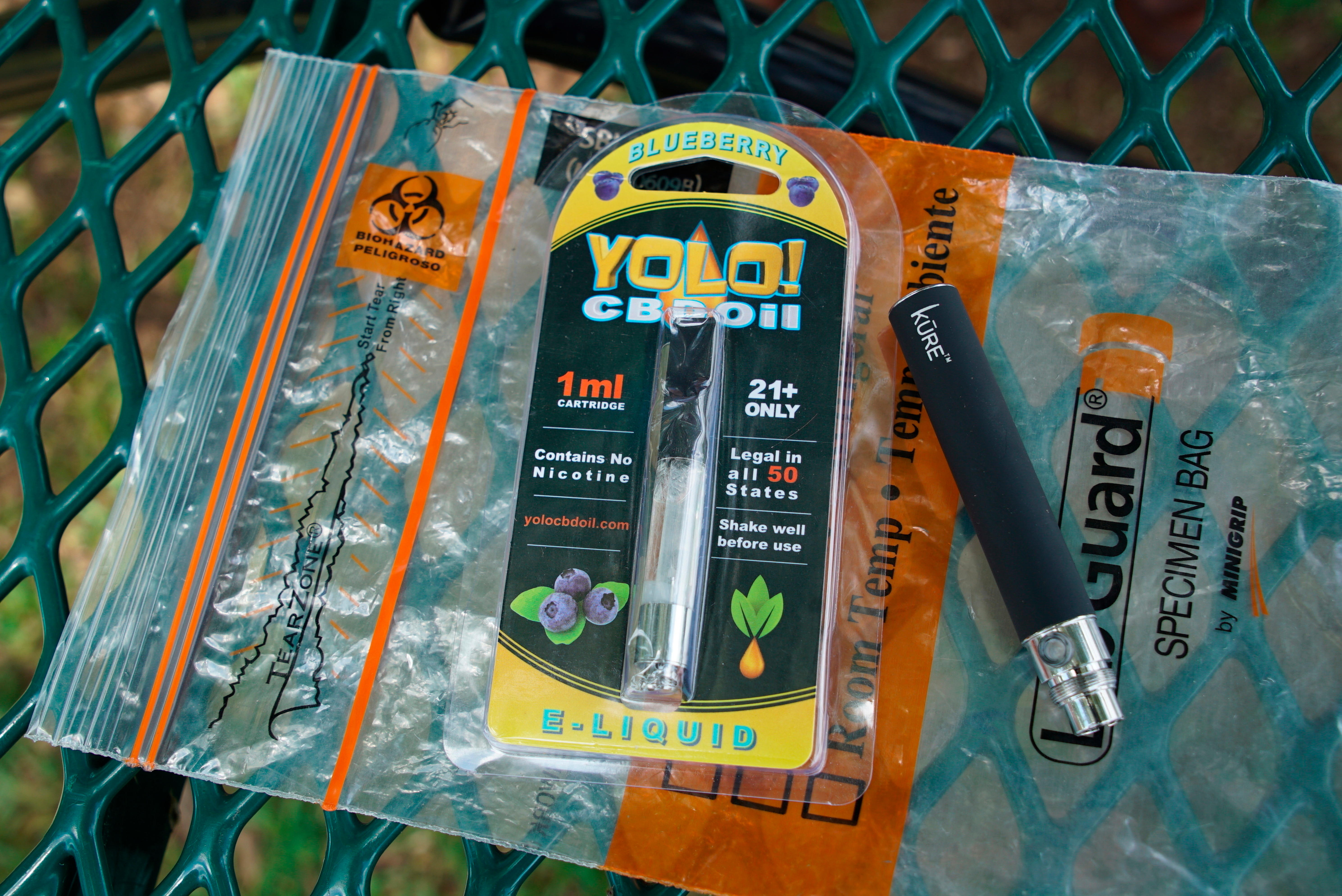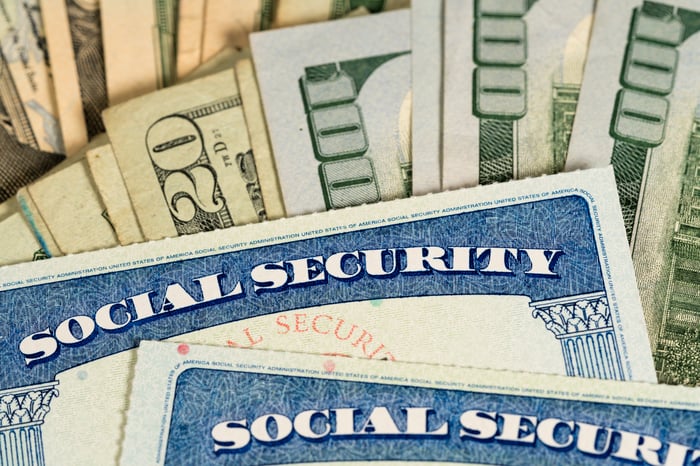Quick test: Ask yourself how many subscriptions you’re on the hook for.
Hard to blame you for failing to come up with a number, or for feeling overwhelmed at the mere prospect of trying.
Let's see. There’s TV or internet for shows, music services such as Spotify and Apple Music, maybe some newspapers or magazines. Don’t forget the cloud storage where you keep all those precious photos and videos, and that identity theft protection you need because of all of the data breaches, holes and hacks.
Overwhelmed yet? We're not done.
There are the meal kits and razor blades delivered to your doorstep to make life easier. Then there’s wardrobe you swap out and have delivered on a regular basis through Rent the Runway. Maybe that extends to your ride, a car subscription that lets you drive your vehicle of choice.

That’s not even counting the apps, cellphone service, online genealogy, home security monitoring, audio and e-books, ink cartridges, videogame catalogs and that health-tracking service you forgot about that you pay for each month. Then there are those expired free 30-day trials you've long forgotten about still an unseen part of your world.
Feeling oversubscribed? Or maybe over being subscribed. Subscription fatigue is on the verge of reaching epidemic proportions.
What's more, the trend toward getting you to sign up is getting more intense when it comes to streaming media. The spectrum of apps and services, including Netflix, Amazon Prime, Hulu, HBO, Showtime and YouTube, is about to get even more crowded with the advent of Apple TV+, HBO Max (from AT&T), Peacock (from Comcast/NBCUniversal) and Disney+.
Streaming wars: Netflix says it will retain the streaming crown; not worried about Disney Plus and Apple TV Plus
There are more than 300 “over-the-top” video services streamed over the Internet, says Deloitte vice chairman Kevin Westcott, who leads the company’s U.S. telecommunication, media and entertainment practice.
The average household subscribes to three.
“That tells you we definitely have a problem,” he says.
Why do we subscribe?
As we transitioned to this sharing economy, we’ve seen “that globally, people have become more inclined to say that they want subscription-based services rather than to outright own something,” says Virna Sekuj, strategic insights manager with the GlobalWebIndex market research firm.
Sekuj says one of the motivators to the subscription or membership model is the upfront cost, especially driven by millennials who grew up with tech and during the Great Recession. "It's given people access to things that they may normally not have been able to do."

How many subscriptions are too many?
“Things are getting absurd,” behavior analyst Sean McCoy tweets in response to a USA TODAY question on the topic. Though he’s had subscriptions for years to multiplayer online role-playing games, he says, “my wife and I just took inventory and weeded (out) anything we didn’t really need.”
The impulse to subscribe to a video service may be largely built around the idea of convenience. That's the promise anyway. The basis of the old cable model was that all this content was aggregated in one place, and your TV subscription is very likely bundled with broadband in the home.
“If only there were one service that could bring me all the content in one easy box. Oh wait, it's called cable, and it's been around for 40 years,” says Andy Gibs a Northern New Jersey father of two.

Dana Strong, president of Comcast’s Xfinity Consumer Services, says the company’s X1 platform was created in part to help reduce the friction consumers may experience in leaving one video app for another or leaving linear TV for on-demand programming.
“Having the ability to elevate the content out of the app into an integrated search engine and user interface makes the content discovery that much easier, particularly when you connect it with a voice remote," she says.
If you’re a cord-cutter looking to ditch cable, your motivation may have more to do with saving money – why pay extra loot to the cable guys for hundreds of channels you never watch? But there are no guarantees you’ll come out ahead financially.
"My husband insisted on cutting the cable and switching to multiple streaming services," Deb McAlister Holland wrote on Facebook. "I can’t articulate how much I hate it. Terrible user interfaces. Half a dozen separate sets of preferences to update. Annual fees. Monthly fees. Delays of days, weeks, or months before TV shows are available."
By 69% to 65%, streaming video has edged ahead of traditional pay TV, according to a recent Deloitte survey of more than 2,000 U.S. consumers. But it’s not an either/or proposition; 43% of U.S. consumers have both.
Where to go to watch
Consumers may feel compelled to sign up for multiple video subscriptions because this or that service is the only place to go watch some program all their friends are telling them to binge on.
Access to original programming created by the service – think Amazon and Netflix – was cited as a chief benefit for 55% of more than 23,000 U.S. internet subscribers ages 16 to 64 surveyed in April by GlobalWebIndex. More than half also cited being able to watch across multiple devices.

That’s what Apple will bank on when it launches shows around such stars as Jennifer Aniston and Reese Witherspoon as part of Apple TV+. It’s another play by the company to attract and keep customers within its ecosystem.
Unfortunately, as shows are spread out across numerous services, chasing content may take a lot more effort on consumers' part and cost more than they counted on. Just ask a frustrated parent lamenting the fact that Disney pulled its content off Netflix in favor of its own soon-to-launch Disney+ service.
As a consumer, “you want to pick an ecosystem that’s neutral,” says Dave Shull, the new CEO of TiVo, the struggling DVR pioneer that is attempting to reinvent itself while trying to help viewers navigate content chaos. “It’s interesting to me the last couple of weeks to watch Disney+ and Netflix starting to fight. The benefit and promise of TiVo is I am never going to be a content provider. Those guys have much bigger pockets than we do, and they’ll fight it out.”
For many consumers, it may be a challenge just getting a handle on what they already pay for, maybe a “trial” subscription to some app or product they signed up for years ago and simply forgot about? If the bill automatically renews online, customers don’t get that monthly statement in the mail to remind them.
You probably pay more for subscriptions than you think.
An analysis last year by the WestMonroe consulting firm of 2,500 Americans’ budgets, spanning 21 categories of subscription services, found that 84% of people underestimated what they spent each month. The average person forked over about $237 for the categories in the study.
Bootstrap Media managing director Gene DeRose describes the problem of subscription fatigue as a feeling of complete bewilderment. “We’re all more than ever innocent victims of the blood wars between big tech players, who could easily enable all of these systems to more elegantly talk to each other but refrain from doing so because they're wired to keep all the bricks in place in their respective walled gardens, lest they lose leverage.”
Consumers may gain back a bit of leverage by sharing subscriptions. Eighty percent of the respondents in the GlobalWebIndex survey share a TV/movie streaming subscription with at least one other person; half of those share a premium music plan.
The complexity that comes with subscription overload may introduce another problem: “It's not as much subscription fatigue as it is password fatigue,” says Jeff Dorgay, publisher of ToneAudio.
Where to go to cancel
The most prudent remedy for consumers is to take the time to figure out which services they are paying for. The first place to start is credit card statements. Do a bit of digging to see which recurring charges are attached to your smartphone and other Android or iOS devices.
For Android users, start in the Google Play store and sign into your Google Account. Tap Menu, Subscriptions and choose the subscriptions you want to wave bye-bye to. Follow the instructions from there.
To get started on an iPhone or iPad, go to Settings, tap your name, then choose the subscriptions on your potential hit list.
You can always follow the path McCoy and his wife took. Reach out to every service you rarely, if ever, use and utter three simple words: “Cancel my subscription.”
Consumers, have you had enough? Email: ebaig@usatoday.com; Follow @edbaig on Twitter
https://www.usatoday.com/story/tech/2019/10/21/disney-apple-tv-netflix-amazon-can-we-tame-subscription-fatigue/3995686002/
2019-10-21 08:07:00Z
CAIiEP7nWKsSVtMhNvhpJnXRWy8qGQgEKhAIACoHCAowjsP7CjCSpPQCMM_b5QU









